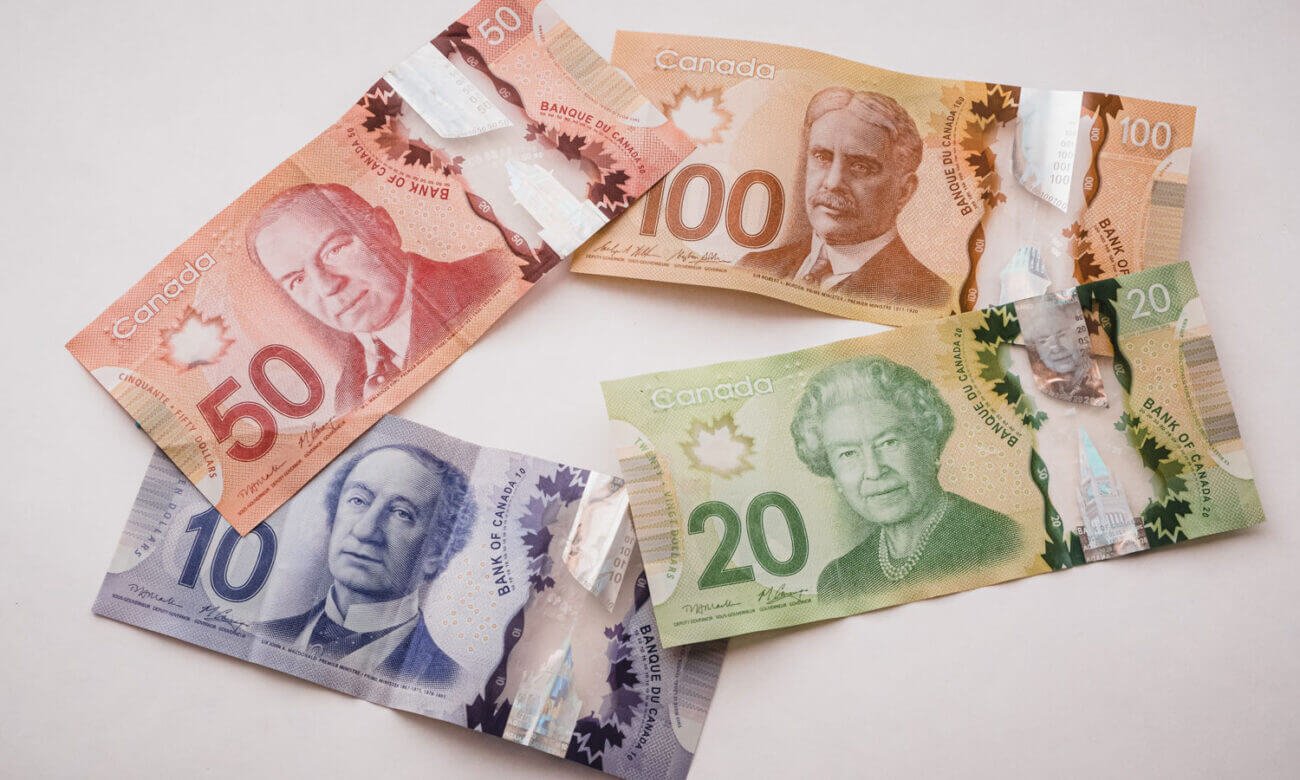The Ontario surtax is more complex, so the calculation takes a few more steps, which you’ll see in the table below.
| Provincial Tax Owed | Surtax Rates |
|---|---|
| Up to $4,991 | 0% |
| $4,991 to $6,387 | 20% |
| Over $6,387 | 56% (36% + 20%) |
For your 2022 income, if your base provincial tax is up to $4,991, you do not pay a surtax. If your base provincial tax is between $4,991 and $6,387, you pay 20% on the portion of provincial tax owed that surpasses $4,991. Finally, if your base provincial tax exceeds $6,387, you pay 20% on the portion of provincial tax owed over $4,991, plus 36% on the portion over $6,387. But good news: Most personal tax programs automatically figure this out.
Beyond tax brackets, what else do you need to know to prepare for tax season in 2022?
Now that you understand why it’s helpful to know which federal and provincial tax brackets apply to your annual income, you’ll be able to anticipate whether you will owe taxes in April or you will receive a tax refund. And if you owe money, it’s better to find out earlier than later. That way you can save up the money ahead of the May 2, 2023, tax payment deadline and avoid having to pay interest and penalties on overdue taxes. (Normally, the payment deadline is April 30, but in 2023 that falls on a Sunday.)
You might also want to consider a more proactive strategy: Making monthly contributions to your RRSP throughout the year. Investing in an RRSP enables you to deduct your contribution amounts from your taxable income. Reducing your taxable income usually means a smaller tax bill or a larger tax refund. By paying into your plan monthly, you can maximize the benefits of your RRSP and tax-deferred investment growth.
And speaking of maximizing, you’ll get the biggest tax deduction by contributing the most you’re allowed in a year—it’s called “maxing out” your RRSP. This is especially true if you’re in a higher tax bracket. The contribution limit for an RRSP is usually the lesser of 18% of your earned income or the annual RRSP limit ($29,210 for 2022). (Find out how much you should have in your RRSP, whether an RRSP or TFSA* makes more sense for you, and what investments to consider*.)
Rather than scrambling to come up with a lump sum before the RRSP contribution deadline—which is March 1, 2023—you could set up automatic weekly or monthly transfers from your bank account to your RRSP. It’s called a pre-authorized contribution—and it’s like a gift to your future self.
Plus, you’ll be able to take advantage of dollar-cost averaging: When you invest on a regular schedule, you purchase more shares when prices dip and fewer shares when prices are high, which reduces risk and lowers your average cost per share.
To calculate how much tax you’ll save by making RRSP contributions, figure out the applicable tax rate as explained above. Then, multiply your total contribution by that tax rate. This gives you the approximate tax reduction or potential tax refund.


